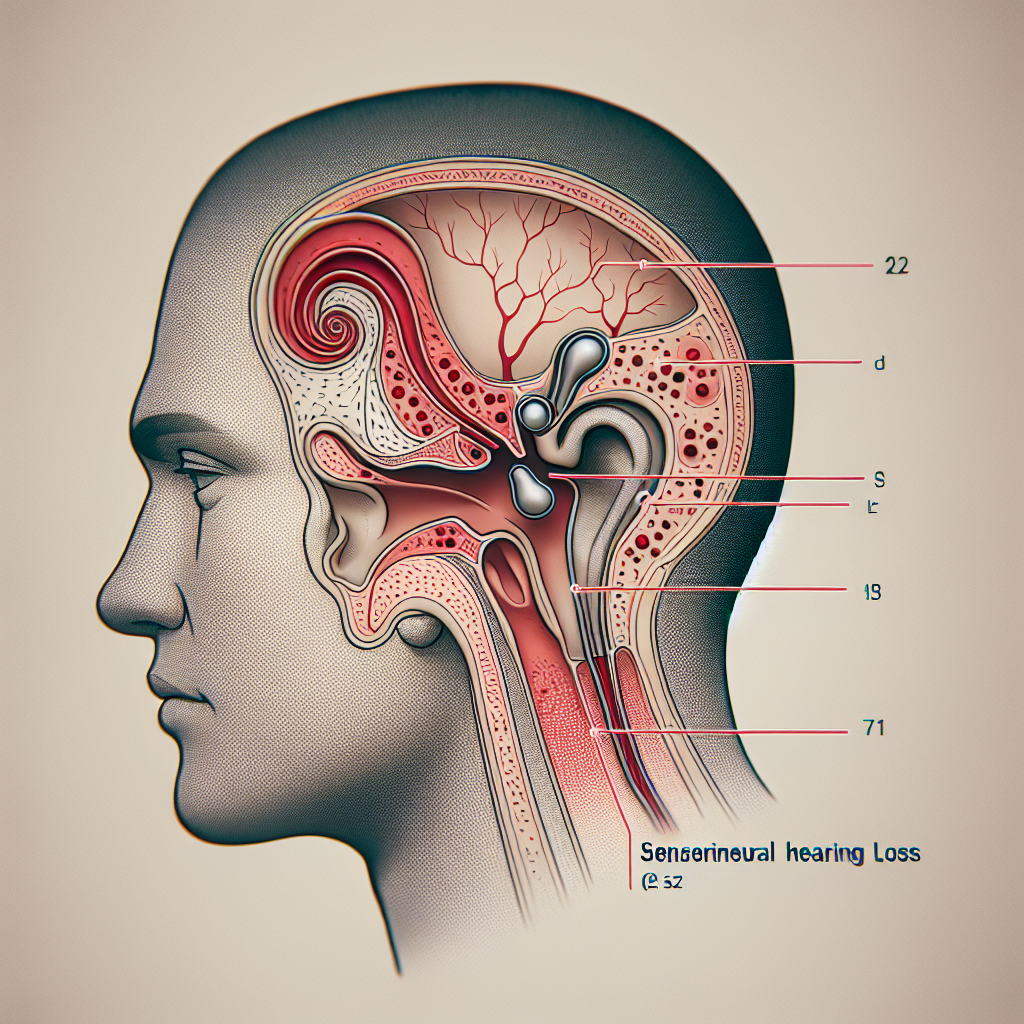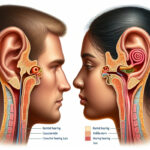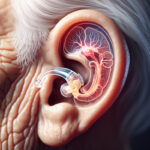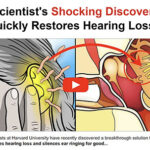This 30 Second Technique is Shockingly Effective
Understanding Sensorineural Hearing Loss: Causes, Symptoms, and Modern Treatments

Introduction to Sensorineural Hearing Loss
Welcome to our comprehensive guide on sensorineural hearing loss (SNHL), a condition that affects millions of people around the globe. This type of hearing loss can significantly impact one's quality of life, making everyday conversations and activities challenging. Understanding the nuances of SNHL is the first step towards managing it effectively and improving life experiences.
Prevalence and Impact on Quality of Life
Sensorineural hearing loss is the most common type of permanent hearing impairment. It can occur at any age, from birth to advanced adulthood, and ranges from mild to profound levels. The effects of SNHL are more than just a reduced ability to hear; they can also lead to social isolation, depression, and cognitive decline. It's essential to recognize that this condition doesn't just affect the ears; it touches every aspect of an individual's life.
Unraveling the Causes of Sensorineural Hearing Loss
The causes of sensorineural hearing loss are diverse, but aging and noise-induced damage are among the most prevalent. As we age, the hair cells in the cochlea often deteriorate, leading to age-related hearing loss or presbycusis. Similarly, exposure to loud noises can cause irreversible damage to these delicate hair cells, resulting in noise-induced hearing loss (NIHL). Other causes include genetic factors, diseases, medications, and head trauma.
Recognizing the Symptoms of Sensorineural Hearing Loss
Identifying the symptoms of SNHL is crucial for timely intervention. Common signs include difficulty understanding speech, especially in noisy environments, frequently asking others to repeat themselves, or turning up the volume on devices louder than normal. Tinnitus or a ringing in the ears may also accompany sensorineural hearing loss.
Moreover, the psychological and social effects of SNHL can be profound. Those affected may experience anxiety, embarrassment, and frustration, which can lead to withdrawal from social interactions. It's important not just to focus on the physical symptoms but also to address the emotional and social challenges associated with SNHL.
Modern Treatments for Sensorineural Hearing Loss
While sensorineural hearing loss is typically permanent, modern treatments can offer significant improvements. Hearing aids are the most common non-invasive solution, designed to amplify sounds and make them clearer to the listener. However, for severe or profound SNHL, cochlear implants may be recommended.
Cochlear implants are devices that are surgically placed under the skin behind the ear, with electrodes inserted into the cochlea. They bypass damaged hair cells and directly stimulate the auditory nerve, providing a sense of sound to the user. The effectiveness of cochlear implants varies, but many recipients experience a dramatic improvement in their ability to understand speech and engage in social situations.
Advancements in technology and personalized treatment plans have made managing sensorineural hearing loss more effective than ever. With the right support and resources, individuals with SNHL can lead full and enriching lives.
Whether you're personally affected by sensorineural hearing loss or know someone who is, remember that help is available. From diagnosis to treatment, it's a journey worth taking to reclaim the power of hearing and stay connected to the world around us.

Laura Henderson is a health enthusiast and has been interested in healthy and natural methods of eliminating tinnitus and restoring natural hearing for many years.










